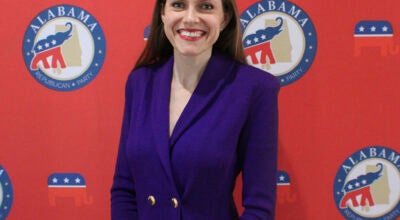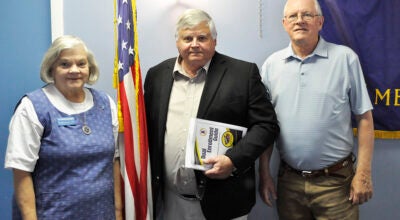Troy works to spend cautiously
Published 8:22 pm Saturday, March 7, 2009
It’s still a waiting game for local school systems looking to begin budget planning in tough economic times. It’s a waiting game at the university level, as well.
But in preparation, Troy University officials announced at a joint retreat between the Board of Trustees and the Foundation Board of Directors Friday they are working diligently to practice conservative spending this year.
By freezing vacant positions and cutting non-salary expenses like traveling, Senior Vice Chancellor of Finance and Business Affairs Jim Bookout said the school has already cut around $6 million in spending this year.
But, that’s still off from the $8 million more Bookout said needed to be saved in the remainder of the academic year.
“In order to maintain momentum from 2008, we have to maintain operating performance and recover $17 million,” Bookout said.
While typically Troy University has overages in its budget, Bookout said this year the university needs to be extra cautious with funds.
“In the last five years, we’ve underspent our budget by 11 percent,” Bookout said. “History says we’ll repeat that, but instead of waiting to see if we leave it on the table, we’re pulling it off the table up front.”
But the real question isn’t how the school will make it through the rest of the year with cuts in state funding — it’s how it will cope in the next. Troy’s Director of Government Relations Marcus Paramore said while Riley has presented a budget with $800 million in total education cuts already, that budget will be represented March 23, taking into account federal stimulus money. Paramore said while he isn’t sure how this will impact Troy University’s funds, there have been projections.
“We all have an idea of what we feel like they should be. One projection is that is should be split in proportion to the shortfalls,” Paramore said. “Since universities were cut at a higher level, we feel like there should be a percentage coming to us.”
Another proposal, Paramore said, would allot 70 percent of the aid to K-12 schools and the remaining 30 percent to higher education.
“The big talk is whether we see cuts or increases, things need to be equitable,” Paramore said.
While cuts are still unknown, Paramore said he doesn’t expect assistance will lift too much burden.
“I don’t think we’ll see big cuts, but I’m not optimistic we’ll see any increases,” Paramore said.





